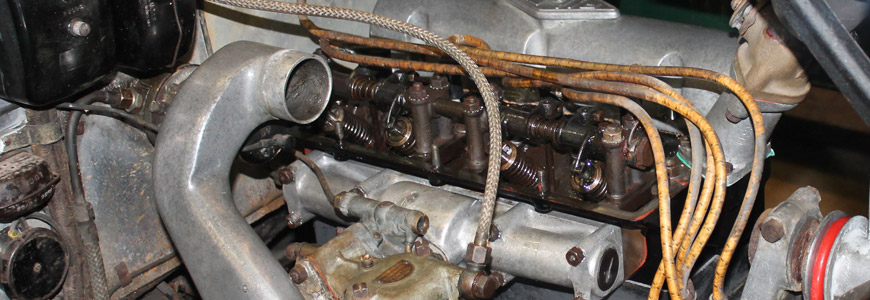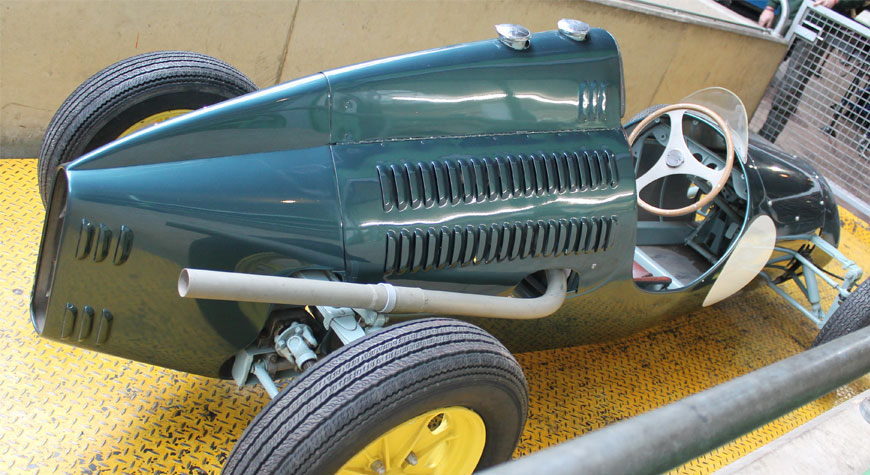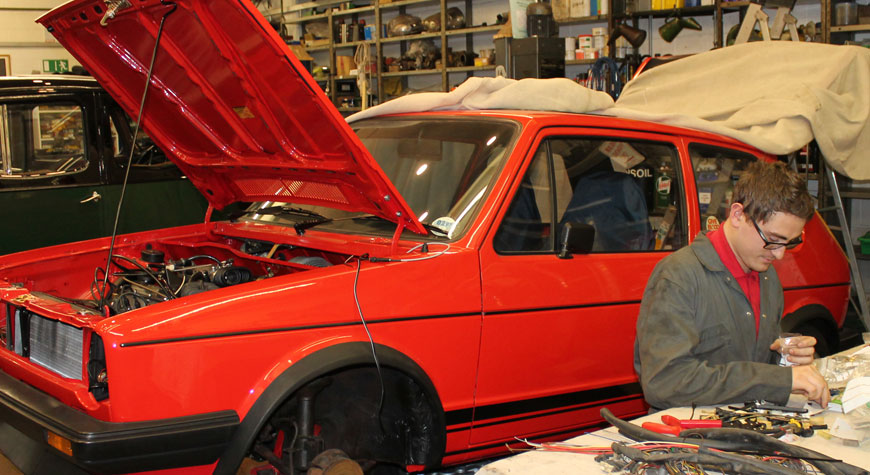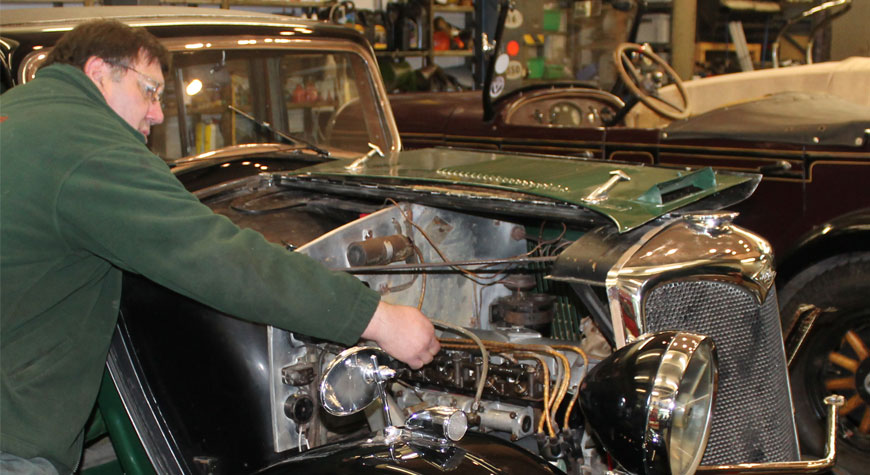
As the National Motor Museum’s new motor sport exhibition, A Chequered History, is being readied for its official opening by Sir Stirling Moss, so too are its exhibits.
Sporting Hero

Some of the most remarkable vehicles in race and rally history will form part of this exhibition, amongst them an old favourite that will be put back on display for the occasion; the museum’s 1949 Cooper 500 MkIII racing car.
The Cooper 500 was the brain-child of Charles Cooper and his son John – later famous as the man behind the Mini Cooper. It was designed to compete in Formula 500, a low-cost race series where many budding drivers started their careers, including Sir Stirling Moss.
With all-independent suspension, created using parts from the Fiat Topolino, the Cooper went on to dominate the series, proving that light weight and sharp handling was just as useful for winning races as ultimate power. A single-cylinder 498cc air-cooled engine was mounted behind the driver. Despite producing just 40bhp, it could propel the car to over 100mph.
Although in excellent condition, the museum’s Cooper will receive a few finishing touches in order to return it to running order, including re-assembling its gear-change mechanism and drive-chain assembly.
Round of Golf
More than three decades the junior of the Cooper 500 is a new arrival in the workshop, a Volkswagen Golf GTi.

The original owner of this Mk1 model had embarked upon a fastidious restoration, repairing the body shell, engine and running gear to a very high standard, before handing over the baton to the museum. Now, workshop trainee Tim Edgerton has taken up the challenge of piecing the semi-completed car back together.
Final reassembly of any restoration project is a painstaking process. After re-fitting the front bumpers and the two-piece front valance spoiler, Tim turned his attention to the interior trim. “The dashboard was already in place, so the next step was to fit the centre console,” he says. “However, this first meant that the wiring loom to be completed, with new wires made up to power the horns, along with the accessories mounted in the console.”
Working out which of the three round cut-outs in the centre console were occupied by extra dials, and which were originally blanked off, has required investigation. This has not been helped by the fact that this late Golf Mk1 GTi differs from earlier versions, sharing many details with the later Golf Mk2.
Running Riley

Meanwhile, the 1934 Riley Falcon, which had suffered valve gear damage, has been returned to running order once more, following a rebuild of its twin-camshaft cylinder head by workshop engineer Mike Gillett. With replacement valve gear components installed, the cylinder head could then be reunited with the engine block. With the addition of fresh fuel, the Riley’s engine awoke from its slumber. Now, as with many of the other vehicles in the National Motor Museum collection, this elegant pre-war saloon can be given sparing use.
